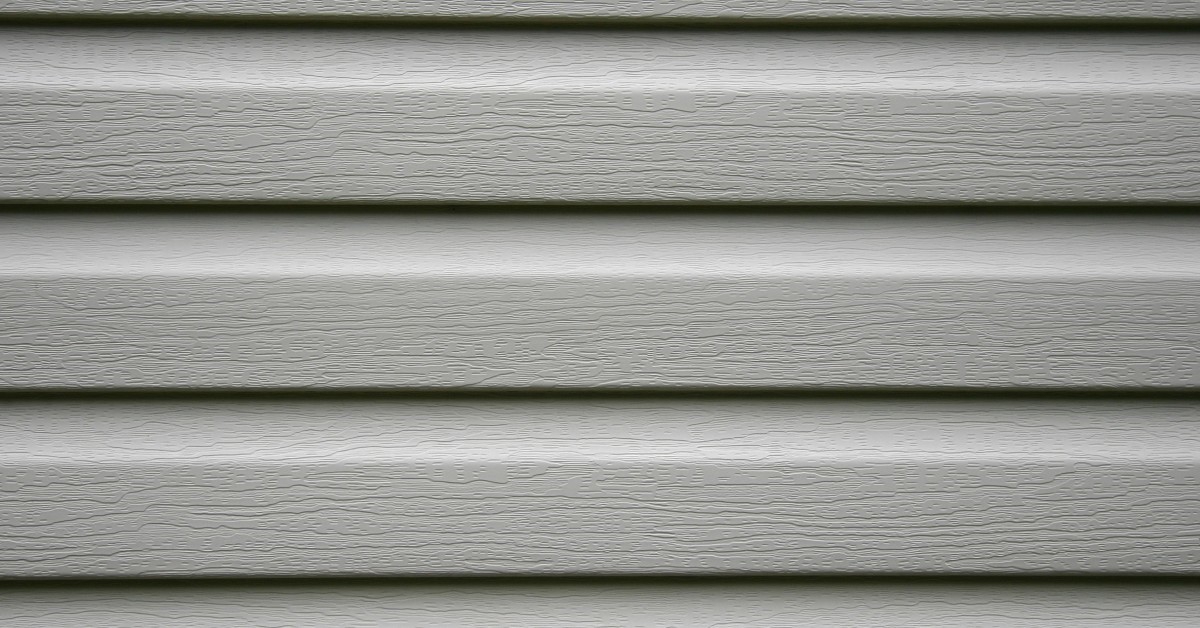
Vinyl siding is a popular choice for homeowners seeking an attractive, cost-effective, and low-maintenance exterior. However, despite its widespread use and proven functionality, several myths persist about its durability.
These misconceptions often deter potential buyers or lead to unnecessary doubts among homeowners. This guide for debunking myths about vinyl siding durability provides factual insights that set the record straight on this home feature you should consider implementing.
Myth 1: Vinyl Siding Cracks Easily in Cold Weather
One common concern is that vinyl siding becomes brittle and prone to cracking in cold temperatures. While it’s true that older or lower-quality vinyl siding may have issues with brittleness in extreme cold, advancements in manufacturing have significantly improved vinyl’s performance.
Modern vinyl siding can withstand temperature fluctuations, including freezing conditions. Manufacturers now use impact-resistant materials and advanced manufacturing techniques to ensure flexibility and resilience.
High-quality vinyl siding can often bear the impact of debris, such as a stray branch or hail, even in cold weather. That means homeowners in colder climates can rest assured that their premium-grade vinyl siding will hold up well under seasonal stress.
Myth 2: Vinyl Siding Fades Quickly in the Sun
Another common myth is that vinyl siding fades after prolonged sun exposure, leaving a chalky or uneven appearance. This concern stems from older vinyl products that used inferior UV-resistant coatings. Today’s vinyl siding is significantly better.
Manufacturers incorporate advanced color-retention technology, such as UV-resistant polymers, into modern vinyl siding to prevent fading after years of sun exposure. Additionally, siding companies may offer warranties covering color performance. Compared to other siding materials, vinyl retains its appearance exceptionally well without constant upkeep or repainting, making it an excellent long-term investment.
Myth 3: Vinyl Siding Is Flimsy
The perception of vinyl siding as lightweight often leads to the misconception that it lacks structural strength. It’s important to note that while vinyl siding’s design is lightweight for ease of installation, this aspect does not compromise its toughness.
High-quality vinyl siding consists of advanced compounds that give it impressive tensile strength, allowing it to resist warping, cracking, or breaking under normal conditions.
To ensure accuracy and durability, leave your vinyl installation in the hands of skilled contractors from a reputable home renovation company such as Reece Builders. We have over 50 years of experience servicing Winston-Salem and the surrounding communities. As local experts, we know how to correctly install vinyl siding so it functions as a protective barrier against wind, rain, and debris.
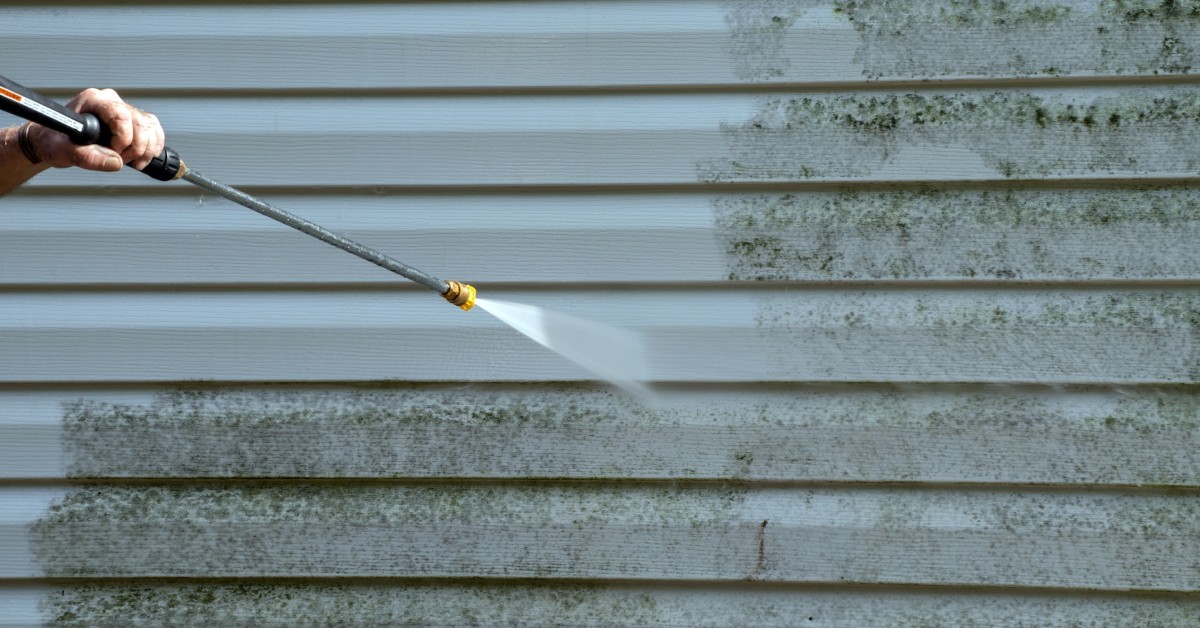
Myth 4: Vinyl Siding Requires Constant Repair
Some people believe that vinyl siding frequently needs repairs and that it’s fragile or prone to damage. This myth ignores vinyl’s inherent durability and low-maintenance benefits.
Vinyl siding resists the common challenges of rot, insects, and rust that often plague wood and metal siding. It also requires minimal upkeep—a periodic rinse with a garden hose usually suffices to keep it clean.
While no material is entirely immune to damage, vinyl siding repairs are generally rare and straightforward. You can typically replace a damaged section without disturbing the rest of the siding, making it convenient and cost-efficient.
Myth 5: Vinyl Siding Can’t Withstand Harsh Weather
One of the most persistent myths about vinyl siding durability is that this material can’t endure severe weather, such as hurricanes, tornadoes, or heavy snowstorms. This belief has roots in outdated experiences with early vinyl siding that lacked the reinforcement standards found in today’s products.
Modern vinyl siding can endure extreme conditions. Innovative interlocking designs and high-grade materials give it resistance against high wind speeds and driving rain.
Furthermore, insulated vinyl siding adds extra durability by providing better structural integrity and impact resistance. Homeowners across the country can rely on vinyl siding because of its demonstrated ability to withstand weather-related challenges.
Myth 6: Vinyl Siding Looks Cheap
Some critics argue that vinyl siding looks artificial or cheap, particularly when compared to cedar or stone. The truth is that modern vinyl siding comes in a wide range of textures, colors, and designs to suit homeowners seeking elegance as well as durability.
Vinyl siding can mimic the appearance of more expensive materials such as wood shakes or natural stone without the associated costs or maintenance. Its versatility allows homeowners to create any aesthetic—traditional, rustic, or modern—without sacrificing quality or authenticity. Vinyl siding provides stylistic appeal and long-lasting durability in one affordable package.
Myth 7: Vinyl Siding Can’t Improve Energy Efficiency
Many homeowners overlook vinyl siding as a means of improving energy efficiency, assuming it has no impact on insulation or energy costs. This myth couldn’t be further from the truth.
Insulated vinyl siding can enhance a home’s energy efficiency. It contains a rigid foam insulation layer on the back of the siding panels that reduces thermal bridging, which is the transfer of heat through materials. By minimizing heat loss in the winter and cooling loss in the summer, insulated vinyl siding helps reduce energy bills and keeps indoor temperatures more consistent.
Myth 8: Vinyl Siding Isn’t Environmentally Friendly

The perception of vinyl siding as harmful to the environment has a basis in outdated production and disposal practices. Advances in manufacturing have significantly improved the environmental profile of vinyl siding.
Many manufacturers now use sustainable practices, including incorporating recycled materials into the production process. Vinyl siding itself is also recyclable, reducing the environmental impact at the end of its life cycle.
Its durability and low maintenance requirements mean fewer resources and chemicals are necessary for upkeep compared to other materials. From reduced waste to improved energy efficiency, vinyl siding offers eco-conscious benefits that align with many homeowners’ sustainability goals.
Myth 9: Vinyl Siding Lowers Home Resale Value
Some people worry that choosing vinyl siding may negatively affect their home’s resale value, assuming buyers prefer alternatives such as wood or brick. This notion does not actually align with current real estate trends.
Vinyl siding is an attractive feature for many potential buyers due to its low maintenance requirements, affordability, and design versatility. Insulated vinyl siding can even add value to a home due to its energy-efficient benefits. Its ability to maintain a like-new appearance with little upkeep also enhances curb appeal, which is a major factor in buyer interest.
Subscribe to Reece Builders's Blog


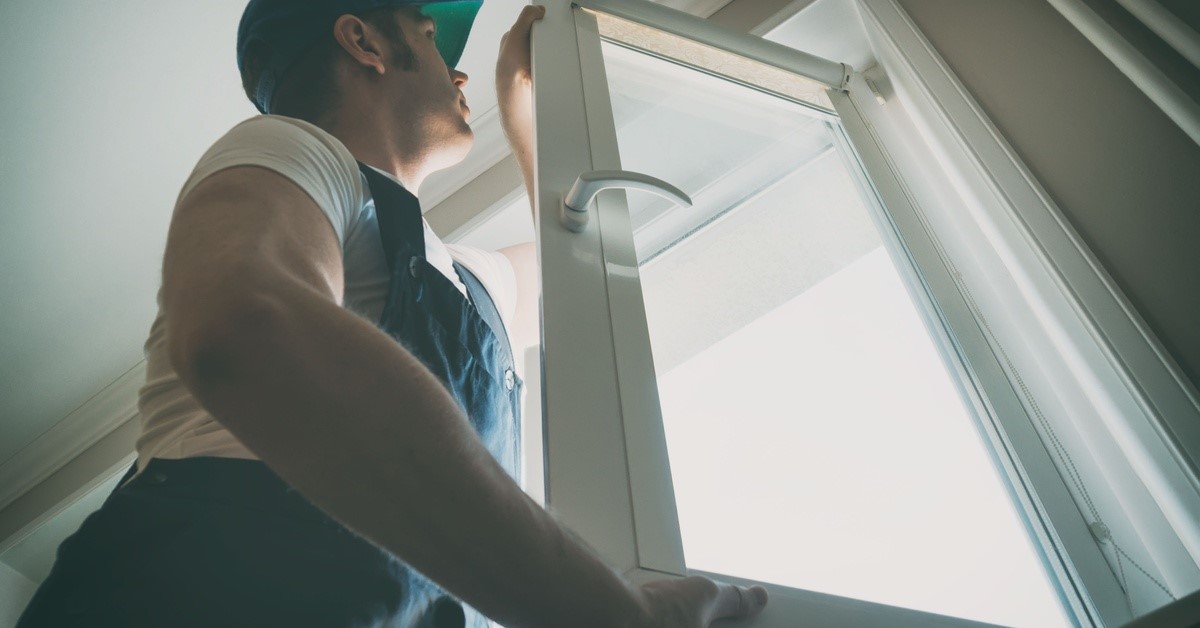
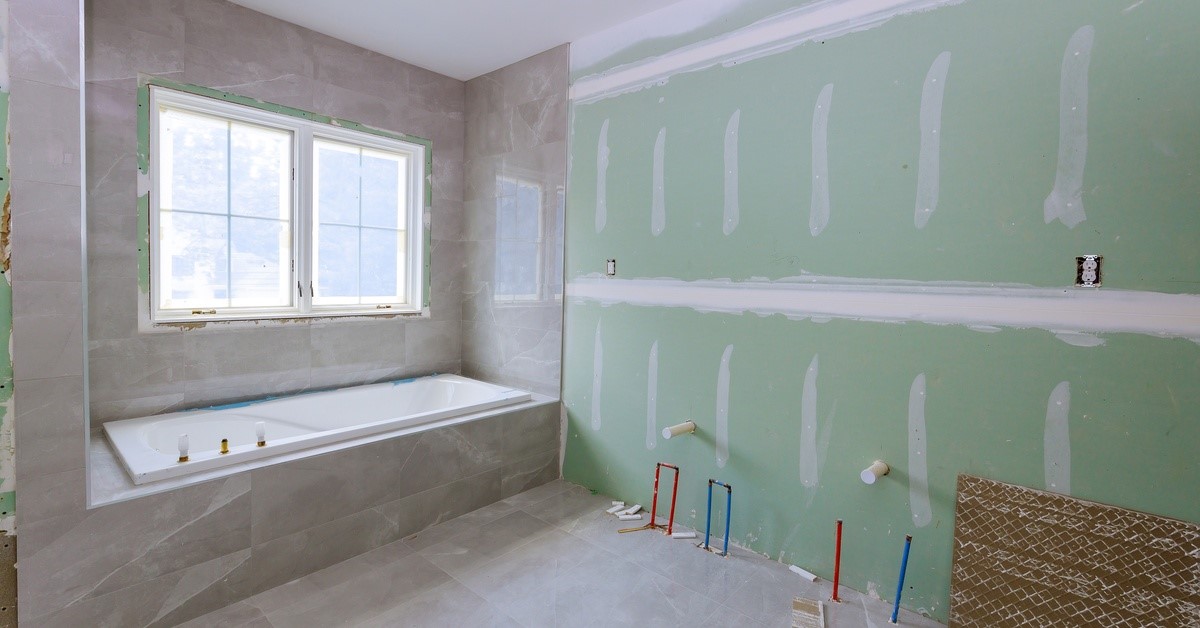


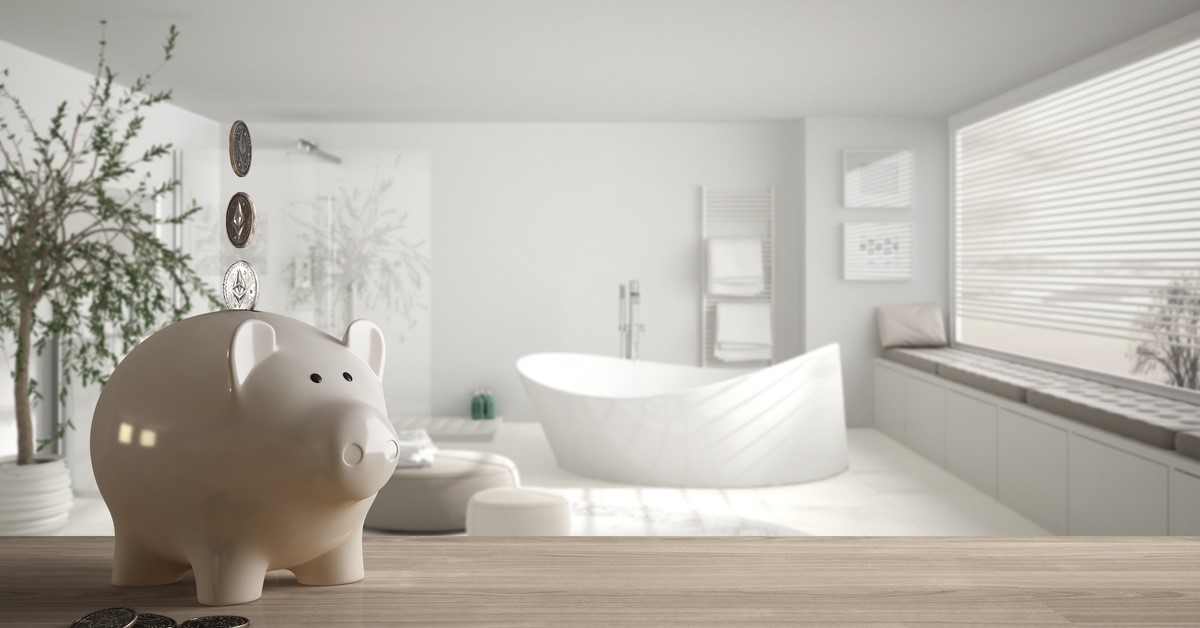
Comments